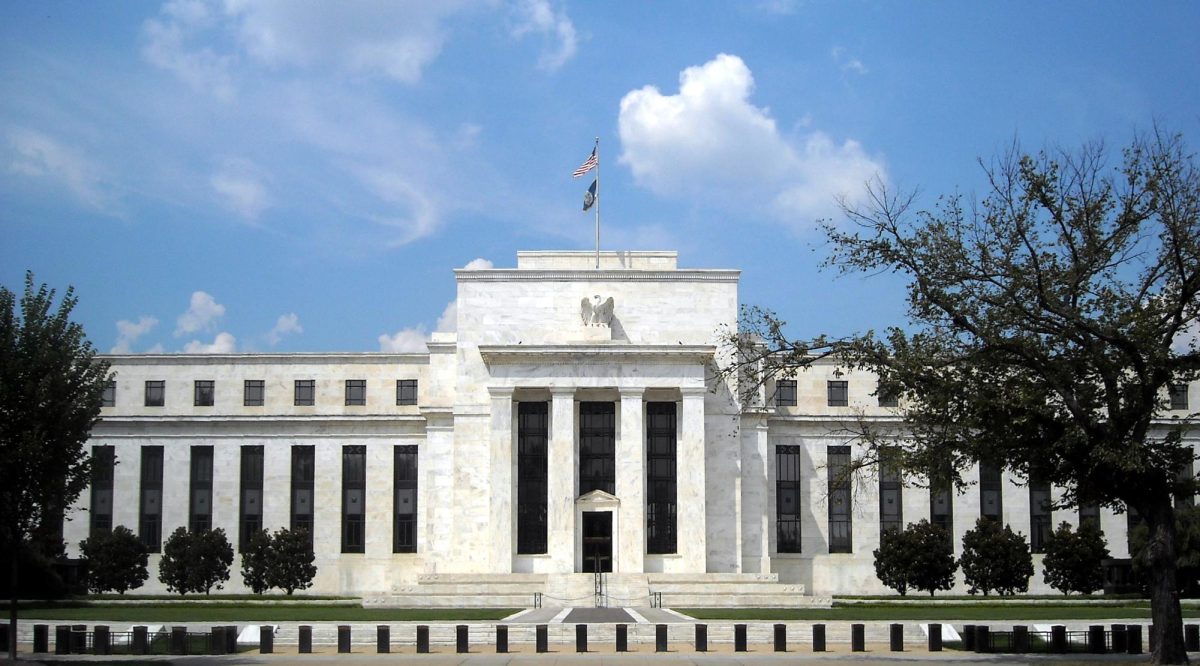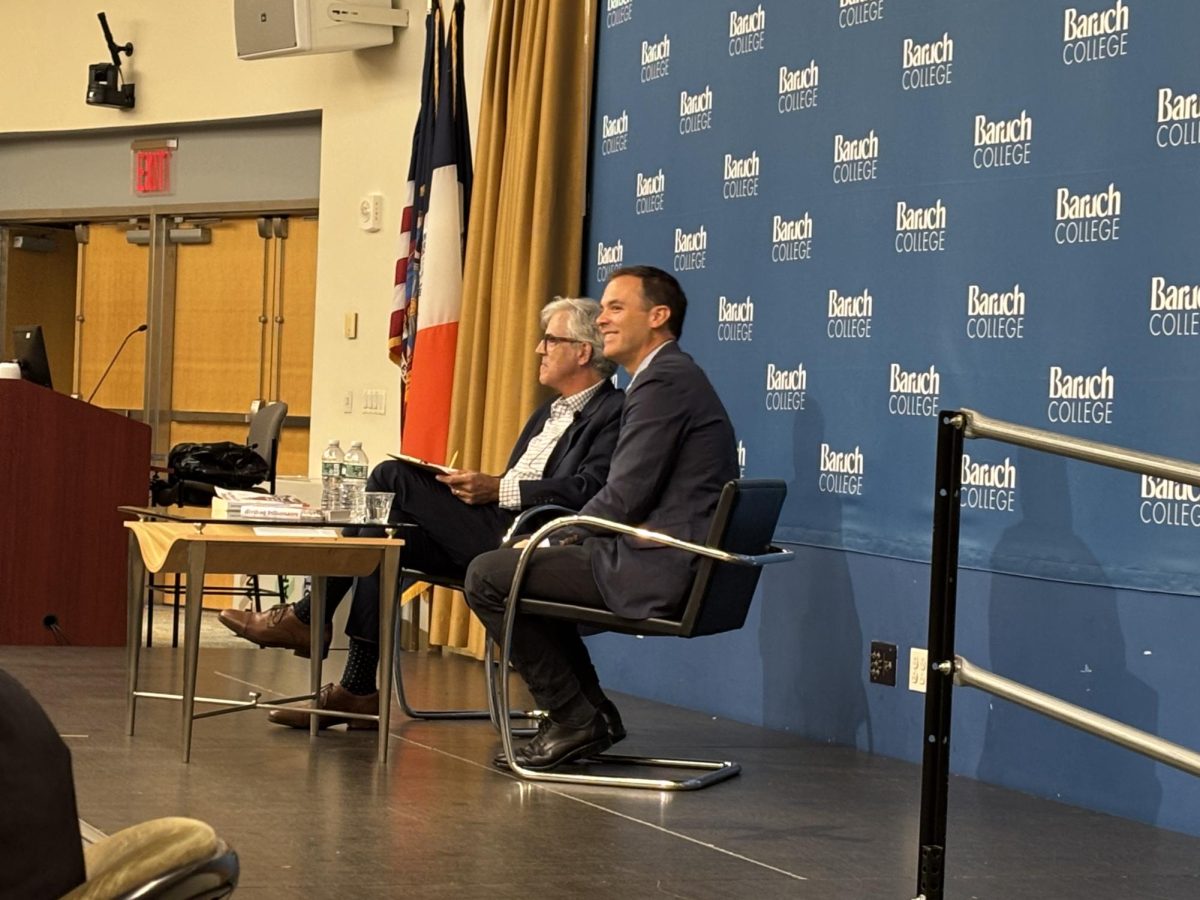U.S. stocks tumbled on Monday, Jan. 27 as concerns regarding investment in artificial intelligence prevailed, triggered by China’s DeepSeek AI model. The S&P 500 dropped 1.5%, marking its worst session in six weeks, though it remains up 2.4% year-to-date.
The Nasdaq composite plunged 3.1%, cutting its year-to-date gain to just 0.3%. The Dow Jones Industrial Average gained 0.7%, bringing its strong year-to-date performance to 5.5%. Nvidia Corp. experienced a historic $600 billion loss in market cap after a staggering 17% decline. U.S. Treasury yields fell to year-to-date lows, with the 10-year yield decreasing 8.3 basis points to 4.5%.
On Tuesday, stocks rebounded following the AI-driven selloff. The S&P 500 climbed 0.9%, the Nasdaq surged 2%, and the Dow witnessed an increase of 0.3%. Markets then shifted focus to upcoming economic data and central bank decisions, which could shape sentiment for the weeks ahead.
U.S. stocks declined on Wednesday as investors digested the Federal Reserve’s decision to keep interest rates unchanged between 4.25% to 4.5%. The S&P 500 and the Nasdaq fell 0.5%, while the Dow dipped 0.3%. The 10-year Treasury yield edged lower by 0.4 basis points to 4.5%. Meanwhile, Europe’s STOXX 600 hit a new all-time high in global markets, reflecting investor optimism despite the Fed’s cautious approach.
On Thursday, stocks edged higher as investors saw a wave of positive corporate earnings and ongoing tariff discussions. The S&P 500, the Nasdaq, and the Dow added 0.5%, 0.3%, and 0.4% respectively. Traders cut their 25-basis point rate cut in March to 13% from 25% earlier, with one full cut now priced in by July. Globally, the Mexican peso and Canadian dollar fell after President Donald Trump announced he would impose tariffs on the countries.
Stocks ended the week in the red following the tariffs announcement. The S&P 500 dipped 0.5%, the Nasdaq lost 0.3%, and the Dow fell 0.8%. Cryptocurrency markets suffered the most, with Bitcoin and Ethereum, plunging 11% and 19.4% respectively. The week was marked by volatility across stocks, crypto, and foreign exchange.
As attention shifts to upcoming economic data and policy decisions, investors are now closely watching for signals on interest rates, inflation, and global trade policies that could shape the market direction in the coming weeks.








